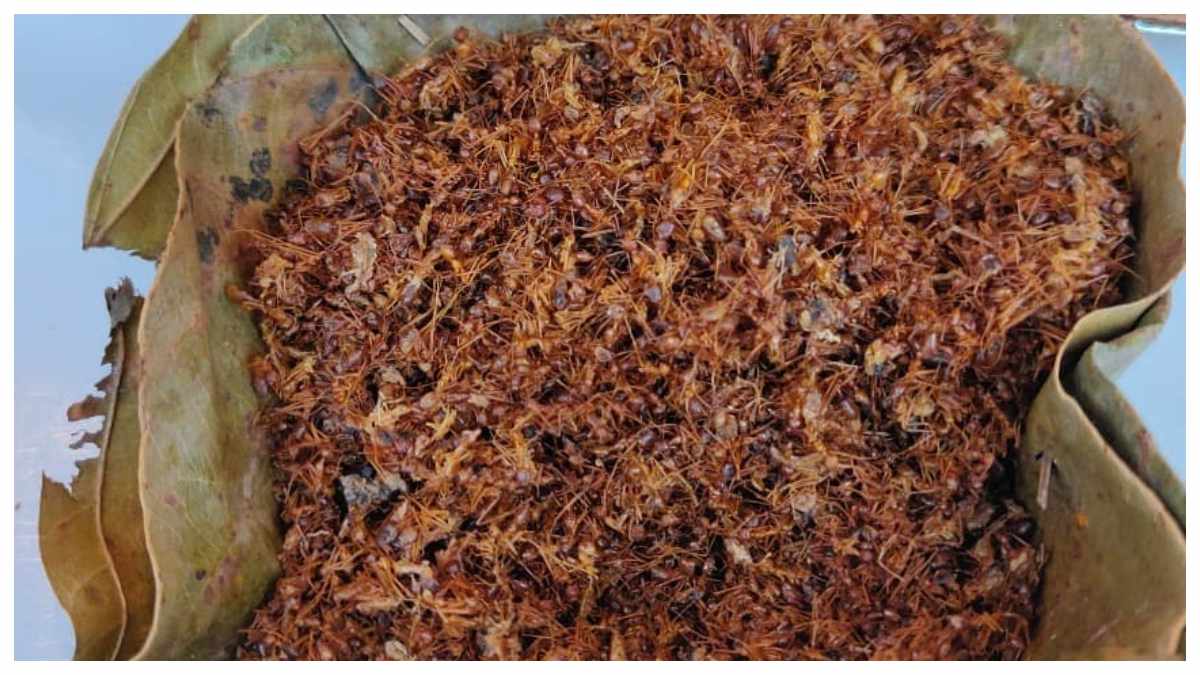These days Odisha’s Magazine Laddu is being discussed a lot. Magazine Laddu prepared from chenna and dry fruits has got GI Tag. Earlier, the chutney of red weaver ants eaten by the tribals of Mayurbhanj district of Odisha has also got GI tag. Not only this, many things from Alphonso mango of Maharashtra to Lassi of Punjab and Kashmiri saffron to Nagpur oranges and Kullu walnuts have got GI tag. However, now the question arises that what is this GI Tag and how is it obtained?
What is GI Tag?
GI Tag is the local regional product of a region. With which the identity of that region is associated. When that product starts becoming famous in the country and the world, a process is started to certify it. Which is called GI Tag i.e. Geographical Indicator. It is also known as Geographical Indicator.
When did GI Tag start?
 In the year 1999, an act was passed in the Parliament regarding the registration and protection of the product. Which is called Geographical Indications of Goods (Registration and Protection) Act, 1999 in English. This act was implemented in 2003. Under this, the practice of giving GI tag to special products of a region started. It includes products related to agriculture. It includes handicraft items and food items.
In the year 1999, an act was passed in the Parliament regarding the registration and protection of the product. Which is called Geographical Indications of Goods (Registration and Protection) Act, 1999 in English. This act was implemented in 2003. Under this, the practice of giving GI tag to special products of a region started. It includes products related to agriculture. It includes handicraft items and food items.
These products have received the GI Tag
Banaras saree, Chanderi saree of Madhya Pradesh, Maharashtra Solapur sheet, Mysore silk of Karnataka, Kanchipuram silk of Tamil Nadu, Uttarakhand’s Tejpat, Basmati rice, Darjeeling tea, Tamil Nadu’s East India leather, Goa’s Feni, Uttar Pradesh’s Kannauj perfume, Andhra Pradesh’s Tirupati laddu, Rajasthan’s Bikaneri Bhujia, Telangana’s Haleem from Hyderabad, West Bengal’s Rasgulla, Madhya Pradesh’s Kadaknath chicken, Kashmiri shawl, Coorg’s honey and Kullu’s silver, many things have received the GI Tag.
Why is GI Tag special?
When something gets the certificate of GI Tag, it starts getting recognized in the country and the world. However, this tag can be used only by the people of that region. This tag is available for 10 years which can be renewed. By getting the GI tag, both the price and value of the product increases.




